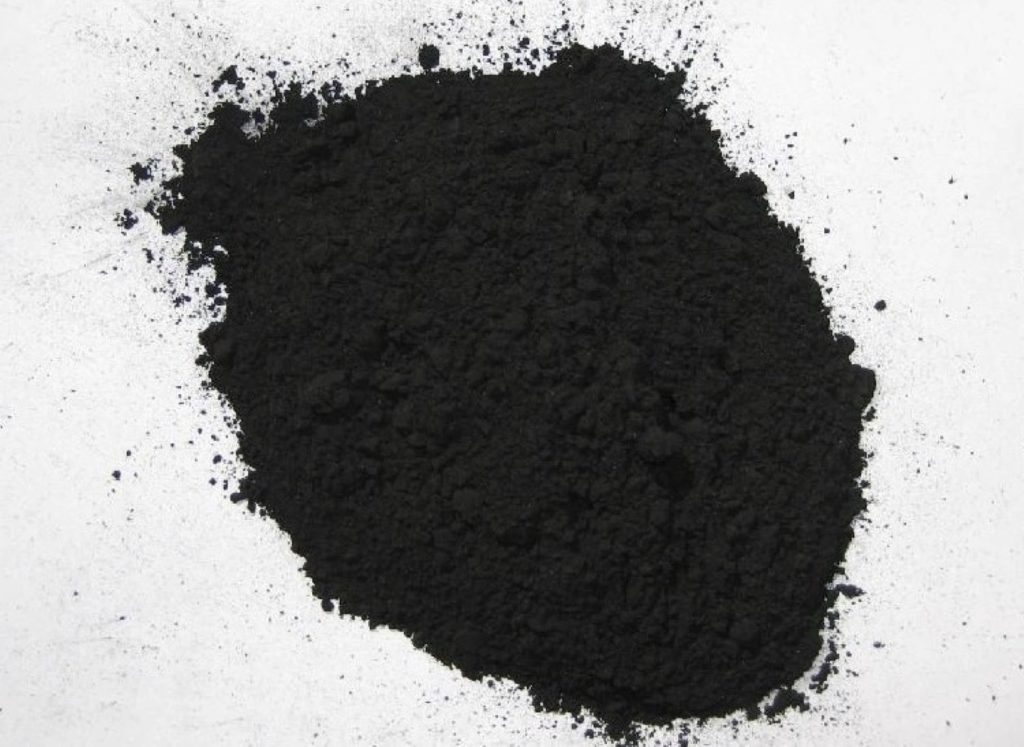Widely used in the ceramic industry – Black Talc

Black talc is typically composed of talc, quartz, calcite, sepiolite, and organic carbon, and ranges from black to grayish-black in color.
The main chemical components of black talc are magnesium oxide, silicon oxide, aluminum oxide, iron oxide, titanium oxide, sodium oxide, and potassium oxide.
Application of black talc
(1) Raw materials for the ceramic industry
The processing performance of black talc is irreplaceable by other materials. High white porcelain and bone porcelain fired with black talc are also called talc porcelain or magnesium porcelain.
(2) Fillers for rubber products
As a filler for rubber products, black talc powder has good dispersibility and certain reinforcing properties.
(3) Fillers for plastic products
Plastic fillers use two types of black talc products, one is black talc powder and the other is calcined talc powder.
(4) Fillers for coatings
Because talc has a soft texture, low abrasiveness, and good suspension and dispersibility, it has begun to be used in coatings.
(5) Others
In addition to being widely used in the above industries, black talc can also be used as a filler and adsorbent in industries such as waterproofing raw materials, fertilizers, pesticides and fine chemicals.
Calcination and whitening of black talc
The main purpose of black talc processing is to improve whiteness. Black talc’s natural whiteness is around 50% or even lower, limiting its widespread use to applications in industries like ceramics and rubber. As a filler, talc must possess a high degree of whiteness. To expand its application, appropriate measures must be taken to improve its whiteness. Calcination, which then increases its whiteness and alters its physical properties, enhances its added value.
Currently, the primary method for improving the whiteness of black talc is calcination. The primary purpose of calcination is to remove organic carbon from the talc, achieving a whiteness that meets industrial requirements and expands its application. After calcination, the whiteness reaches as high as 95%, resulting in excellent fire resistance, heat resistance, insulation, adhesion, adsorption, and lubrication properties. It is suitable for applications in papermaking, ceramics, plastics, paints, coatings, pharmaceuticals, cosmetics, aerospace, machinery, electronics, computers, and architectural decoration.
Black Talc Calcination Process
Calcination and grinding are two processes used in the high-whiteness and ultrafine processing of black talc. Depending on the order in which they are performed, there are two main processes: calcination followed by ultrafine grinding, and ultrafine grinding followed by calcination.
Calcination-before-grinding Process
The advantages are simplicity and low processing costs. However, after ultrafine grinding and classification, the resulting talc product has a whiteness of approximately 85%, falling short of the desired 95% whiteness after calcination.
Grinding-before-calcination Process
The advantages are better whiteness uniformity after calcination, with a whiteness of over 92%. However, this process is prone to agglomeration or a reddish-white smearing.
